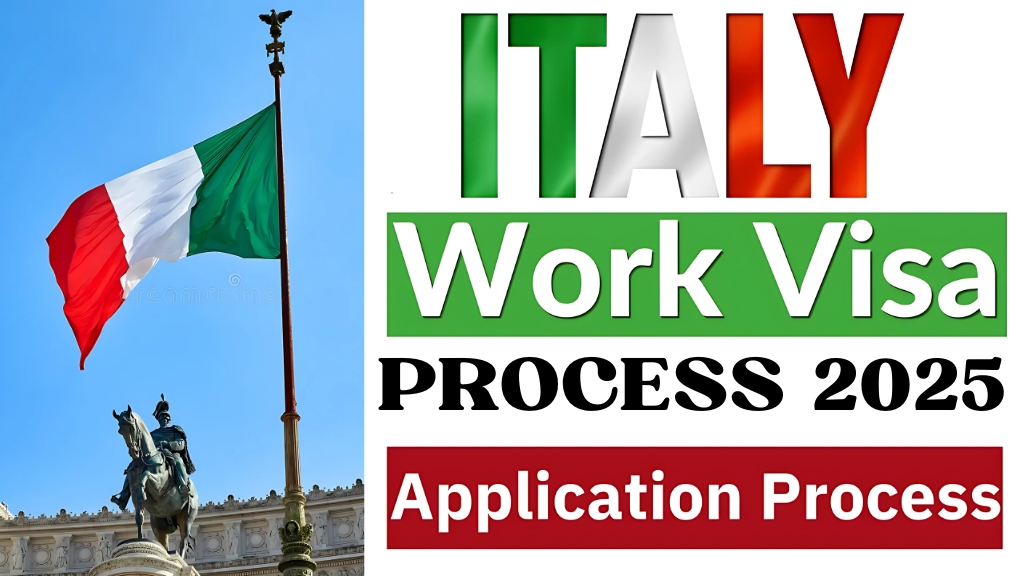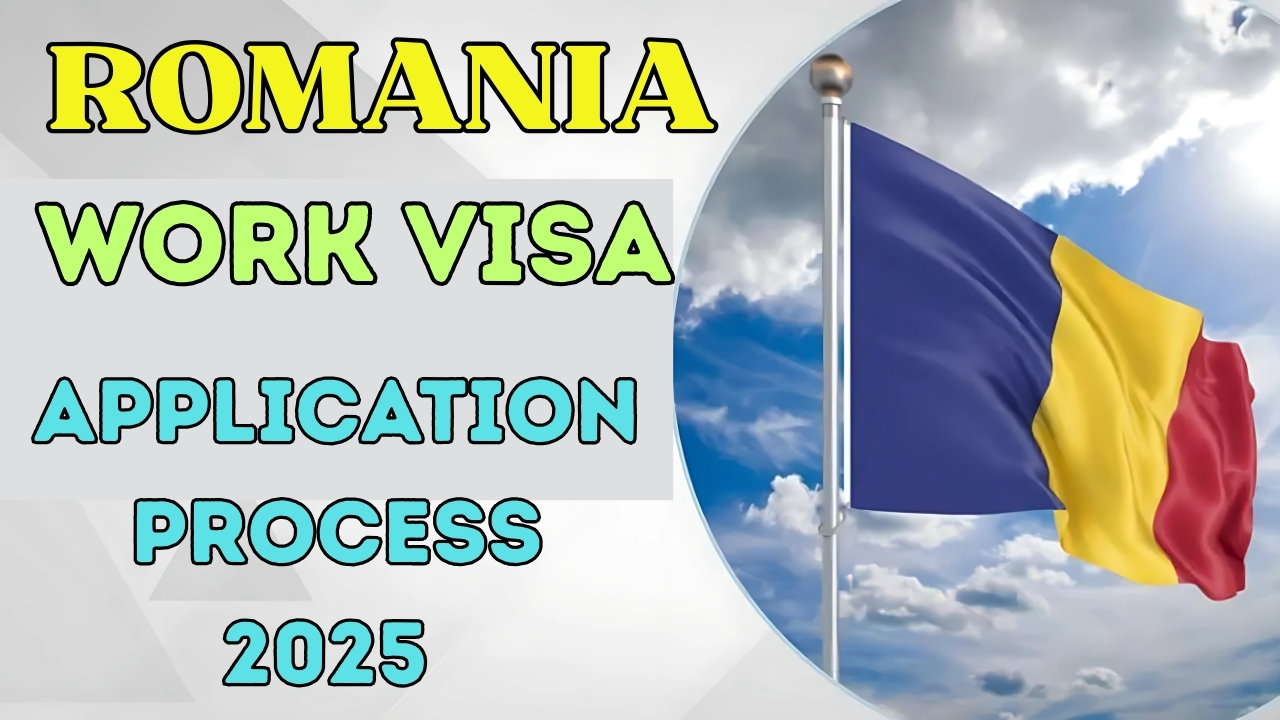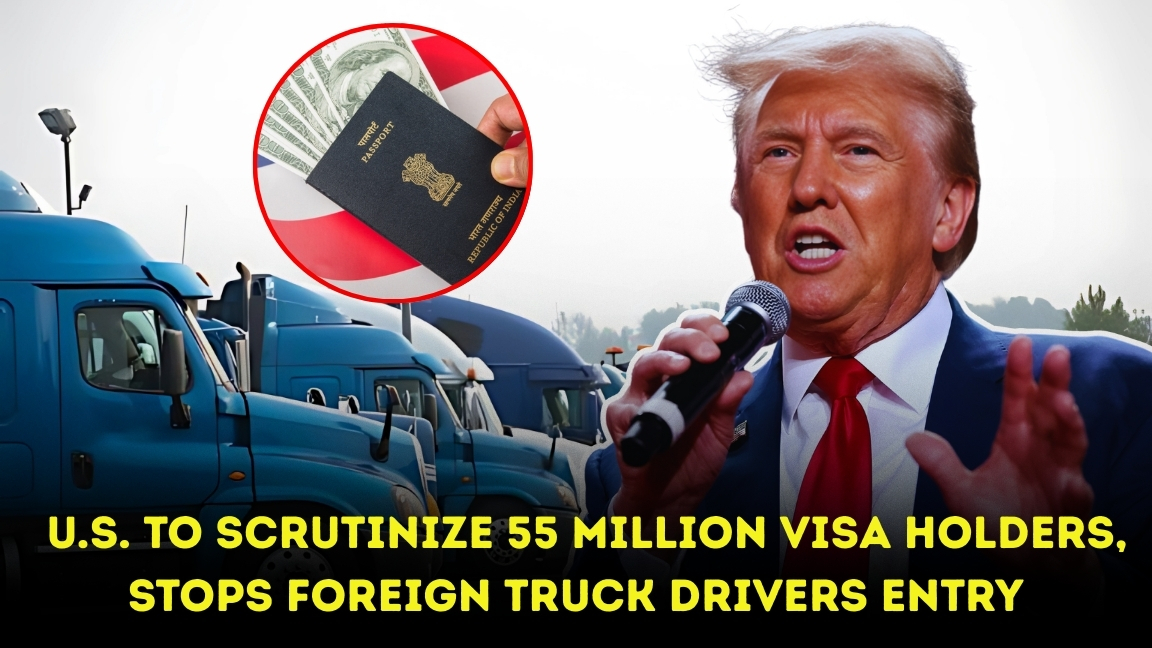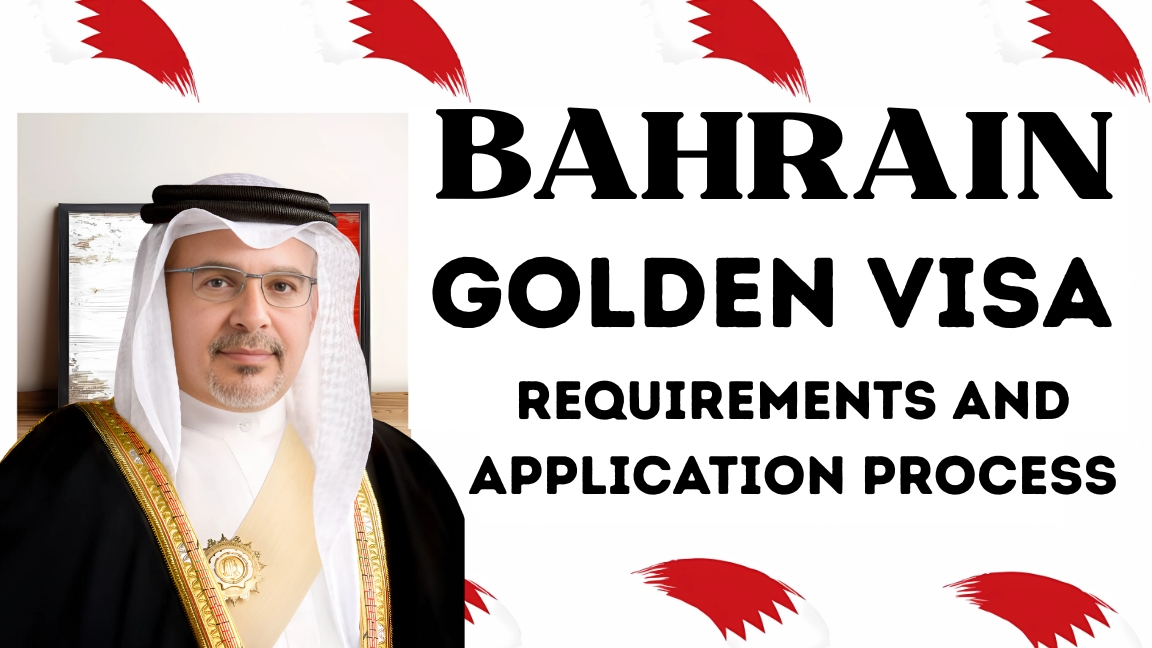Italy Work Visa : The employer submits a detailed request that includes the job description, salary details, and proof that the position could not be filled by a local worker. Once approved, the request is forwarded to the Ministry of Labour, which evaluates labor market needs. It must be lodged within the openings declared in the annual entry decree and confirmed by the overseas consulate serving the worker’s country.
Candidate Application – Eligible candidates must then attend the consulate to lodge itinerary, certification of professional experience, proof of health insurance and proof of obliged housing.
Visa Issuance – The consulate decides within 30 calendar days, provided the dossier is complete, then the worker may officially land. A limited 30-day entry visa allows them to visit the job site, finalize contracts, and obtain the employer’s Declaration of Employment in order to apply for the actual work visa within 8 days of entry.
Core Qualifications
Candidates must meet an adapted education or work experience threshold, with the minimum set by the employer request. The decree, in the industry annex provides equivalency for non-EU titles. Salary levels should generally match the national collective labor contract benchmark within the invoking company’s category, together with proof of no labor-related security and past criminal record.
When someone’s work permit is green-lit, they get a nulla osta—basically a stamp of approval—right from the immigration office.
With that stamp, the worker heads to the Italian consulate back home to grab the national work visa.
Officials say the new rules should speed things up, and a digital system coming later this year will let applicants see where their papers are in the process, step by step.
Here are the big boxes to check:
The worker must have a job offer from an Italian company that fits within the official yearly cap.
They have to show the right papers for the job, especially if they’re in the hospital, tech, or engineering fields.
They need to prove they can keep the lights on and the fridge full for the first little while.
There shouldn’t be any legal ringing in from the home country; that’s standard for any EU migration step.
Farmers and hotel owners get a simpler list for their seasonal staff, but those gigs come with an expiration date.
The big news for the 2025 plan is the spotlight on worker shortages. Permits for nurses, elderly caregivers, and tech whizzes will be whipped through the system so Italy can patch those gaps.
“We are aligning migration policies with real economic needs,” the Ministry of Interior stated in its announcement. The approach echoes the ones already used in Germany and France and signals a growing theme across Europe.
Demand for Workers and Community Focus
Beyond the paperwork, the plan insists on integration steps. Within the first year of arriving, newcomers must take language classes and civic training. Officials believe combining job permits with cultural learning will help both Italian society and the people arriving.
Italy Work Visa 2025
The 2025 Work Visa Blueprint tries to balance pressing job shortages while also keeping the community together. Analysts following migration expect it to draw tens of thousands of new applicants this year, especially from Africa, Asia, and Eastern Europe.
For many international workers watching Europe from afar, Italy’s new rules offer a clearer and friendlier path into one of the continent’s fastest-growing economies.
ALSO READ: Malta Work Visa 2025: Check Eligibility and Process









